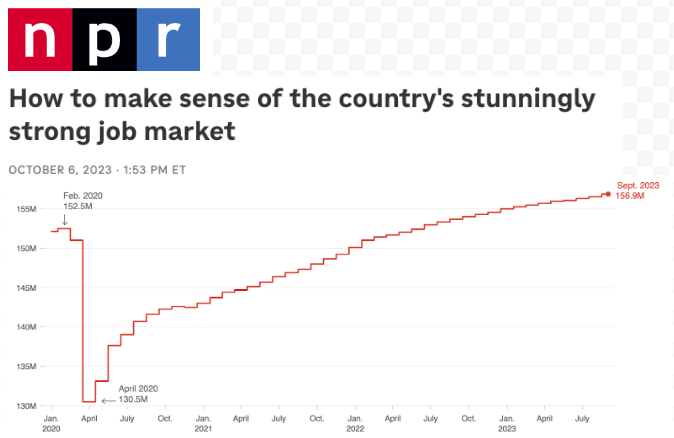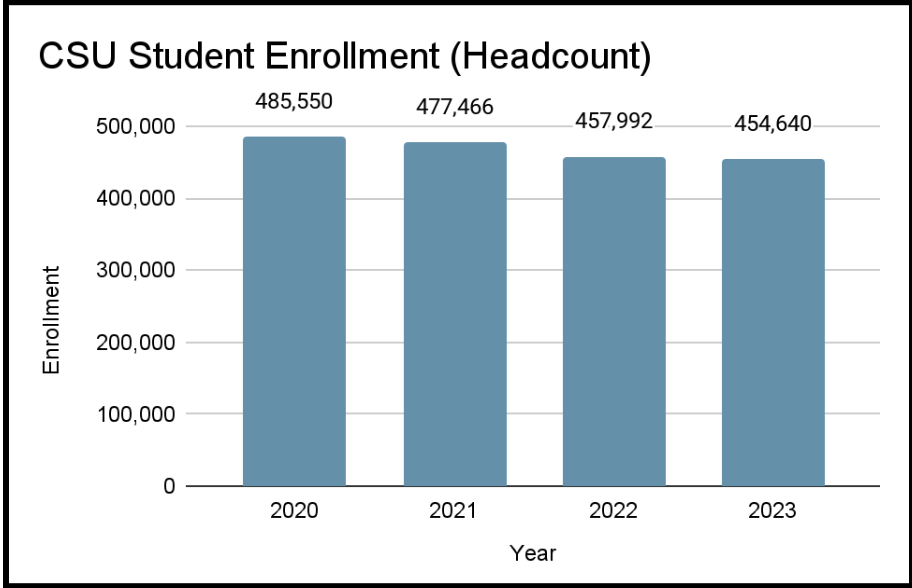Nearly half of all California State University (CSU) students are from low-income families. With the rising costs of living, these students face a dilemma each semester: whether to continue to pay the costs of college or stop out and pursue a full-time job. This blog provides an introduction to a series that identifies actions that faculty and staff can take to encourage their programs and campuses to address the needs of low-income students and support them in finishing their degree. Look for the next blog in the March newsletter followed by additional blogs in subsequent months.
Rising Prices, Robust Job Market, and Declining Enrollment

The cost of living in California is rising, which puts increasing pressures on all CSU students seeking to make ends meet. Housing is increasingly unaffordable, even in neighborhoods that have been relatively inexpensive. Prices for books and groceries are also rising, along with gas, insurance, and electricity. As students and families look to the future, they see that CSU tuition and fees are projected to increase by 34 percent in the next five years.
As prices for students are increasing, the job market remains robust and pay is rising faster than inflation. Many students at the CSU already have experience with employment and are incurring debt to stay enrolled. The potential of receiving a bigger paycheck through full-time work can be enticing for students in the short-term, even at the cost of stopping out from college. Over the longer term, however, this may delay or prevent the students from completing their degree and qualifying for higher paying jobs and careers.

Meanwhile, student enrollments have been dropping in the CSU. Campuses are working in alignment with Graduation Initiative 2025 to increase graduation rates for all CSU students while eliminating opportunity and achievement gaps. These actions include reenrollment efforts to engage with and support underserved former students in returning to campuses that are welcoming and that support their success. Campuses can help to achieve these goals by addressing the needs of low-income students already enrolled or returning to campus.

Students’ decisions to stop out can be based on a wide range of issues, including personal options related to family needs, aspirations, rising student costs, and favorable job opportunities. These decisions can also involve students’ experiences on campus, including teaching practices, class availability and scheduling, access to student supports, financial support, campus environment, and student engagement.
This blog series identifies actions that faculty and staff can take to encourage their programs and campuses to address the needs of students who are low income and support them in finishing their degree. The next blog in this series will be published in March, and will focus upon common myths versus facts regarding the returns on investing in a CSU degree.
More in the Series
Providing Students with Holistic Basic Needs Supports: Implications for Middle Leaders in Designing
